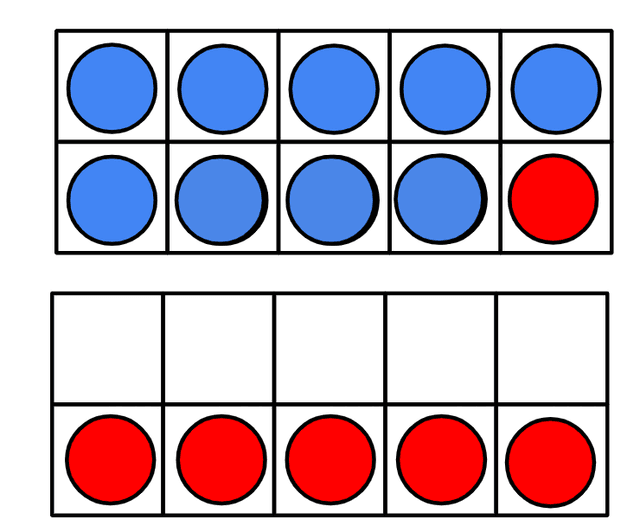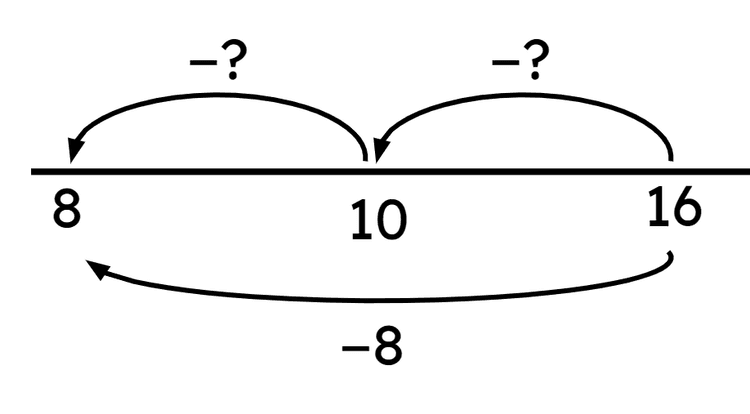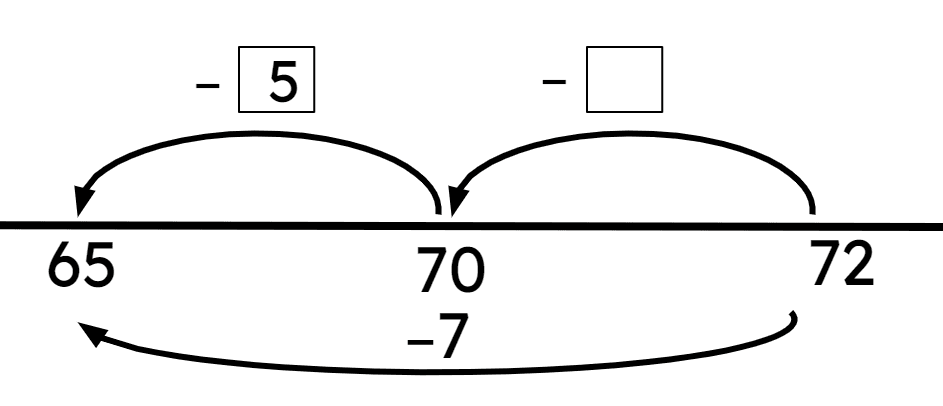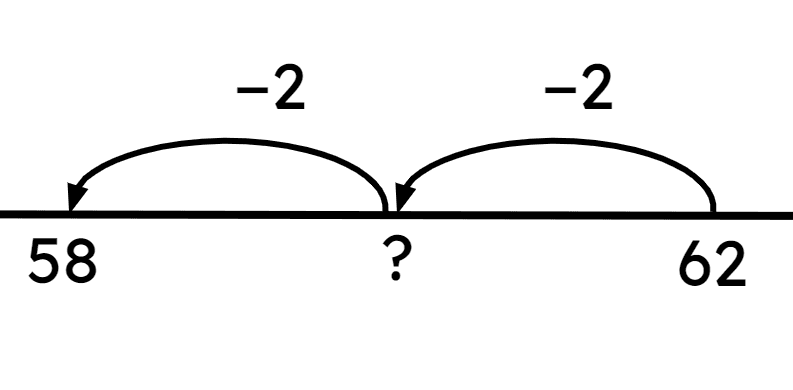Subtract by bridging a multiple of ten
I can bridge ten to subtract single digit numbers from two-digit numbers.
Subtract by bridging a multiple of ten
I can bridge ten to subtract single digit numbers from two-digit numbers.
These resources will be removed by end of Summer Term 2025.
Lesson details
Key learning points
- When we subtract a one-digit from a two-digit number, the equation may be solved more efficiently by 'bridging ten'.
- When bridging a multiple of ten, the number that is subtracted is partitioned to reach the previous multiple of ten.
- Bridging ten is an efficient strategy because number pairs to ten can be used to calculate more easily.
Keywords
Bridge - A strategy that involves using a multiple of ten as a 'bridge' so numbers can be partitioned to make use of bonds to ten and calculate efficiently.
Partition - To split a whole up into parts.
Common misconception
Children may think the multiple of ten before 43 is 30, or partition the subtrahend incorrectly when bridging, meaning they do not use the most efficient strategy.
Display and use the stem sentences to support articulation of how to find the previous multiple of ten. Use ten frames, number lines and one hundred squares to support with appropriate partitioning of numbers.
To help you plan your year 2 maths lesson on: Subtract by bridging a multiple of ten, download all teaching resources for free and adapt to suit your pupils' needs...
To help you plan your year 2 maths lesson on: Subtract by bridging a multiple of ten, download all teaching resources for free and adapt to suit your pupils' needs.
The starter quiz will activate and check your pupils' prior knowledge, with versions available both with and without answers in PDF format.
We use learning cycles to break down learning into key concepts or ideas linked to the learning outcome. Each learning cycle features explanations with checks for understanding and practice tasks with feedback. All of this is found in our slide decks, ready for you to download and edit. The practice tasks are also available as printable worksheets and some lessons have additional materials with extra material you might need for teaching the lesson.
The assessment exit quiz will test your pupils' understanding of the key learning points.
Our video is a tool for planning, showing how other teachers might teach the lesson, offering helpful tips, modelled explanations and inspiration for your own delivery in the classroom. Plus, you can set it as homework or revision for pupils and keep their learning on track by sharing an online pupil version of this lesson.
Explore more key stage 1 maths lessons from the Adding and subtracting ones and tens to and from 2-digit numbers unit, dive into the full secondary maths curriculum, or learn more about lesson planning.

Licence
Starter quiz
6 Questions
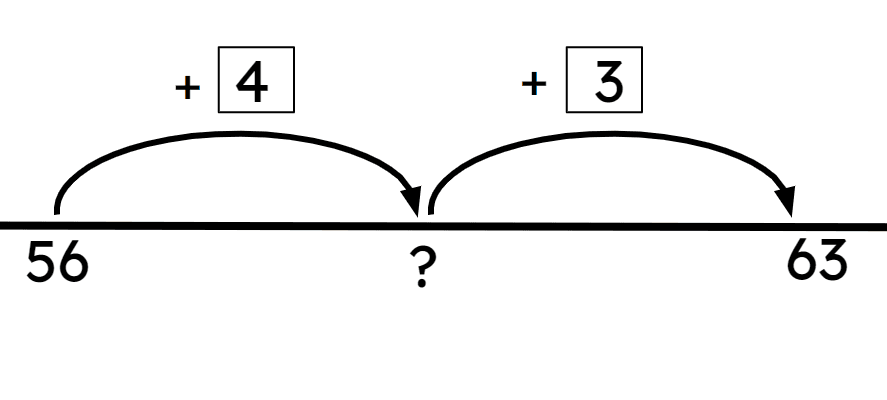
Exit quiz
6 Questions
